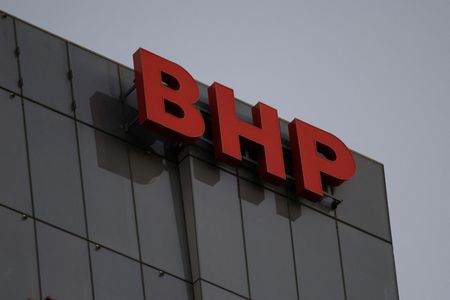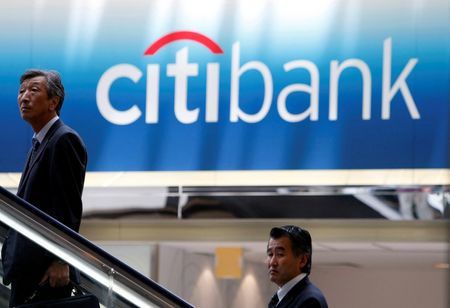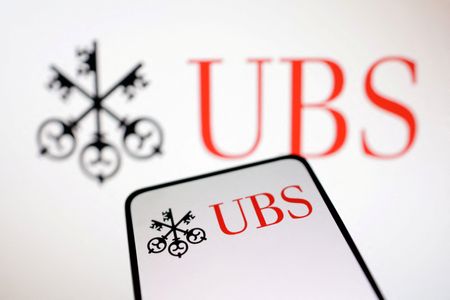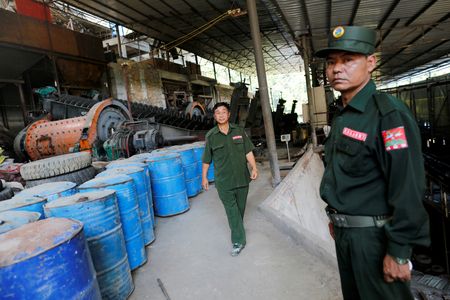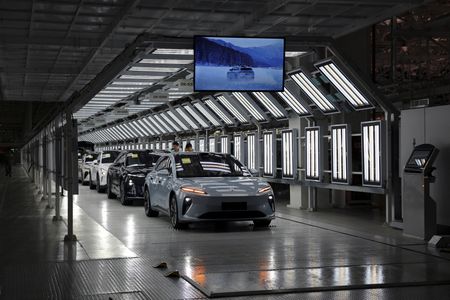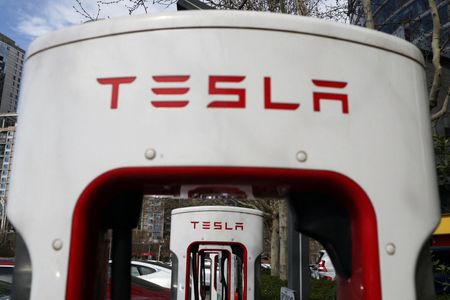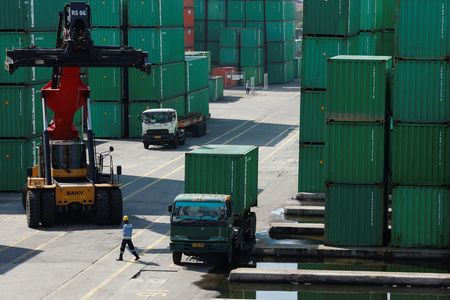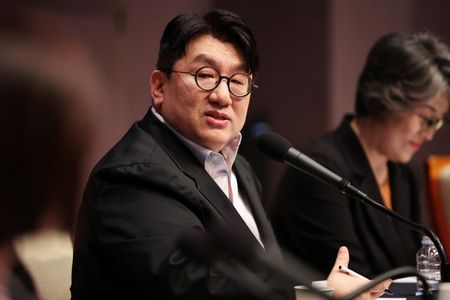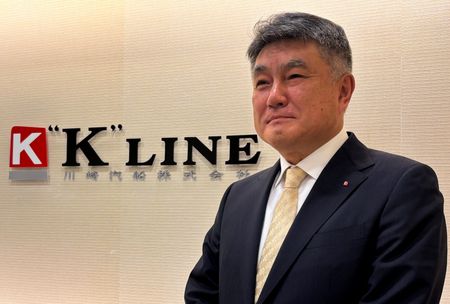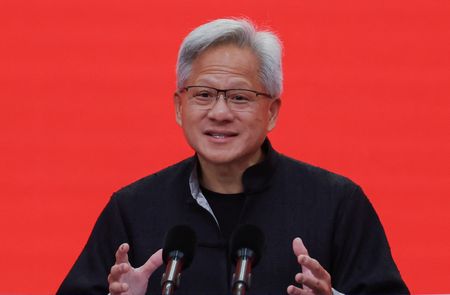By Melanie Burton and Ellen Zhang
MELBOURNE/BEIJING (Reuters) -Major miner BHP said it is too costly for Australia to build a “green iron” industry, even after the country and China agreed this week to jointly work to decarbonise the steel supply chain, responsible for nearly a tenth of global emissions.
BHP Australia chief Geraldine Slattery, who attended a session on green steel in China this week alongside Prime Minister Anthony Albanese, Australian miners and Chinese steelmakers, said that costs to produce the low-carbon steel product “simply do not stack up”.
“Even with generous policy support, the cost of production (in Australia) would be double that of the Middle East and China – and customers many thousands of kilometres away,” Slattery said in a LinkedIn post late on Tuesday.
Slattery and leaders from other major iron ore miners, including Fortescue Metals Group, accompanied Australian Prime Minister Anthony Albanese to China this week, where he said the two countries should cooperate more closely on decarbonisation.
The subsequent lack of enthusiasm from the world’s biggest miner, which said its strategy was “not to produce green iron ore or steel ourselves”, is a reality check for Australia’s ambitions.
In an interview with Reuters on Wednesday in Beijing, Fortescue founder Andrew Forrest asked why Slattery attended the meeting, given her view on green iron.
“All I know is that the customer wants green iron ore,” he said. “The Pilbara is in a position to produce green iron ore and therefore must, to maintain its huge value to the Chinese people,” referring to Australia’s main iron ore mining area.
EFFORTS TO DIVERSIFY
Australia supplies about 60% of China’s iron ore needs but its supply is too low-grade to be directly processed into steel with renewable energy, so it needs an additional processing step.
When this is undertaken with hydrogen made from renewable energy or with biomass instead of coal, the product is called green iron, a low-carbon base for making green steel. Such processes are not expected to become commercial until next decade.
Australia has been striving to develop a minerals processing industry to diversify from its raw material exports that bring in around A$370 billion ($242 billion) a year, but high power prices and labour costs have limited progress.
In February the government allocated A$1 billion to support the manufacture of green iron and its supply chains.
BHP, Rio Tinto and Bluescope Steel agreed in December to work on developing a pilot plant to produce low-carbon iron using renewable power and direct reduced iron technology in an electric smelting furnace, with a potential start date of 2028.
Fortescue also has a green iron project underway, and is set to produce green iron from a pilot plant this year.
($1 = 1.5319 Australian dollars)
(Reporting by Melanie Burton in Melbourne and Ellen Zhang in Beijing; Editing by Praveen Menon, Sonali Paul and Barbara Lewis)

